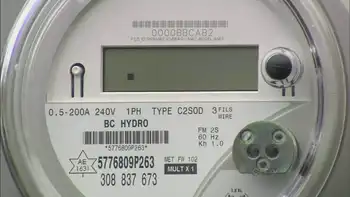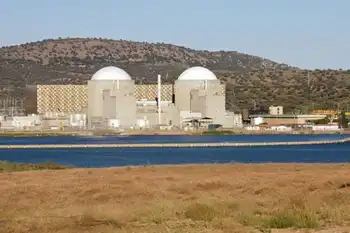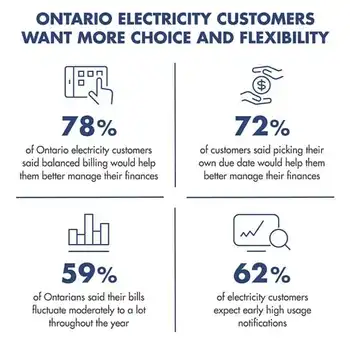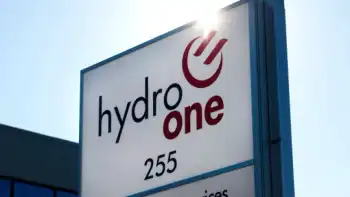- Average household electricity bills in Ontario will rise between $5 and $15 a month starting in April as the new Liberal government pushed its first law through the legislature today. The legislation imposes a two-tier rate system.
Electricity will cost 4.7 cents a kilowatt-hour for the first 750 kilowatt-hours used in a month. That's an increase of nine per cent over the 4.3-cent cap imposed by former Conservative premier Ernie Eves a year ago. Above that threshold, which about 55 per cent of Ontario households cross, the price will be 5.5 cents per kilowatt-hour, a jump of close to 30 per cent. Still, because the price of power comprises only about half the bill, the government estimates the overall increase for homeowners will be about six to 12 per cent. Farms and small businesses will see their bills jump between 15 and 18 per cent. The legislation, which passed by a vote of 65-20 with the Opposition Tories and New Democrats voting against it, will see energy-intensive households pay about $50 or more a month for power. A small grocery store or pizzeria, for example, could pay $250 more. The higher rates will take effect April 1 to allow consumers time to get used to the idea of paying more for power, and Energy Minister Dwight Duncan has said consumers can ease the pain simply by using less. The Liberal government said it had no choice but to break a campaign promise to leave the rate cap in place given the multibillion-dollar deficit facing the province and the hundreds of millions of dollars it was costing taxpayers. "I'm pleased in the sense that the legislation has passed and we're able to address a major problem that was created by the previous government," Duncan said recently. The new price caps are to stay in effect until May 1, 2005, at the latest, by which time a new permanent pricing system will be put in place. Starting in March, local utilities will be able to recover money they lost under a freeze imposed on distribution rates, but would have to collect the funds from consumers over four years. Eves imposed the price freeze amid a consumer revolt over soaring hydro bills following his decision to throw open the market to competition in May last year. While rates were frozen for about half the energy market - households, small businesses and farmers - prices still fluctuate on the wholesale market, with taxpayers picking up the difference. To date, wholesale prices have averaged 5.8 cents a kilowatt-hour - about 30 per cent above the cap - at a cost to the treasury of more than $800 million. Critics had also assailed the freeze as counterproductive to conservation.
Above that threshold, which about 55 per cent of Ontario households cross, the price will be 5.5 cents per kilowatt-hour, a jump of close to 30 per cent.
Still, because the price of power comprises only about half the bill, the government estimates the overall increase for homeowners will be about six to 12 per cent. Farms and small businesses will see their bills jump between 15 and 18 per cent.
The legislation, which passed by a vote of 65-20 with the Opposition Tories and New Democrats voting against it, will see energy-intensive households pay about $50 or more a month for power.
A small grocery store or pizzeria, for example, could pay $250 more.
The higher rates will take effect April 1 to allow consumers time to get used to the idea of paying more for power, and Energy Minister Dwight Duncan has said consumers can ease the pain simply by using less.
The Liberal government said it had no choice but to break a campaign promise to leave the rate cap in place given the multibillion-dollar deficit facing the province and the hundreds of millions of dollars it was costing taxpayers.
"I'm pleased in the sense that the legislation has passed and we're able to address a major problem that was created by the previous government," Duncan said recently.
The new price caps are to stay in effect until May 1, 2005, at the latest, by which time a new permanent pricing system will be put in place.
Starting in March, local utilities will be able to recover money they lost under a freeze imposed on distribution rates, but would have to collect the funds from consumers over four years.
Eves imposed the price freeze amid a consumer revolt over soaring hydro bills following his decision to throw open the market to competition in May last year.
While rates were frozen for about half the energy market - households, small businesses and farmers - prices still fluctuate on the wholesale market, with taxpayers picking up the difference.
To date, wholesale prices have averaged 5.8 cents a kilowatt-hour - about 30 per cent above the cap - at a cost to the treasury of more than $800 million.
Critics had also assailed the freeze as counterproductive to conservation.
Related News
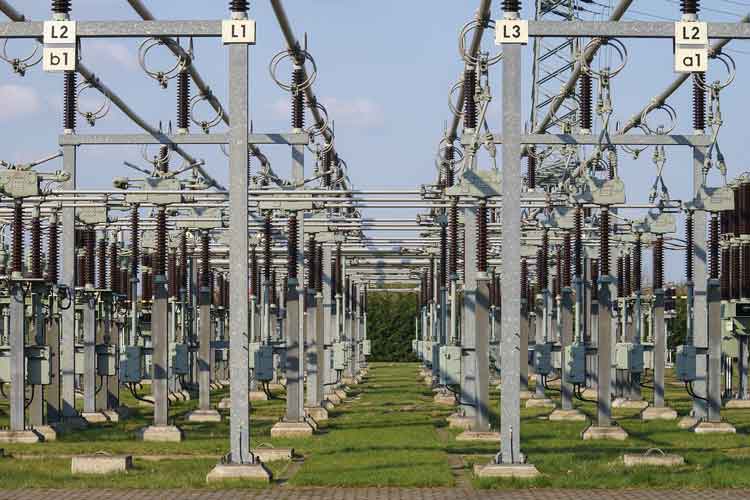
Experts Question Quebec's Push for EV Dominance
MONTREAL - Quebec's ambitious push to dominate the electric vehicle (EV) market by setting a target of two million EVs on the road by 2030 and planning to ban the sale of new gas-powered vehicles by 2035 has sparked significant debate among industry experts. While the government's objectives aim to reduce greenhouse gas emissions and promote sustainable transportation, some experts question the feasibility and potential economic impacts of such rapid transitions.
Current Landscape of Gas Stations in Quebec
Contrary to Environment Minister Benoit Charette's assertion that gas stations may become scarce within the next decade, industry experts suggest that the…

